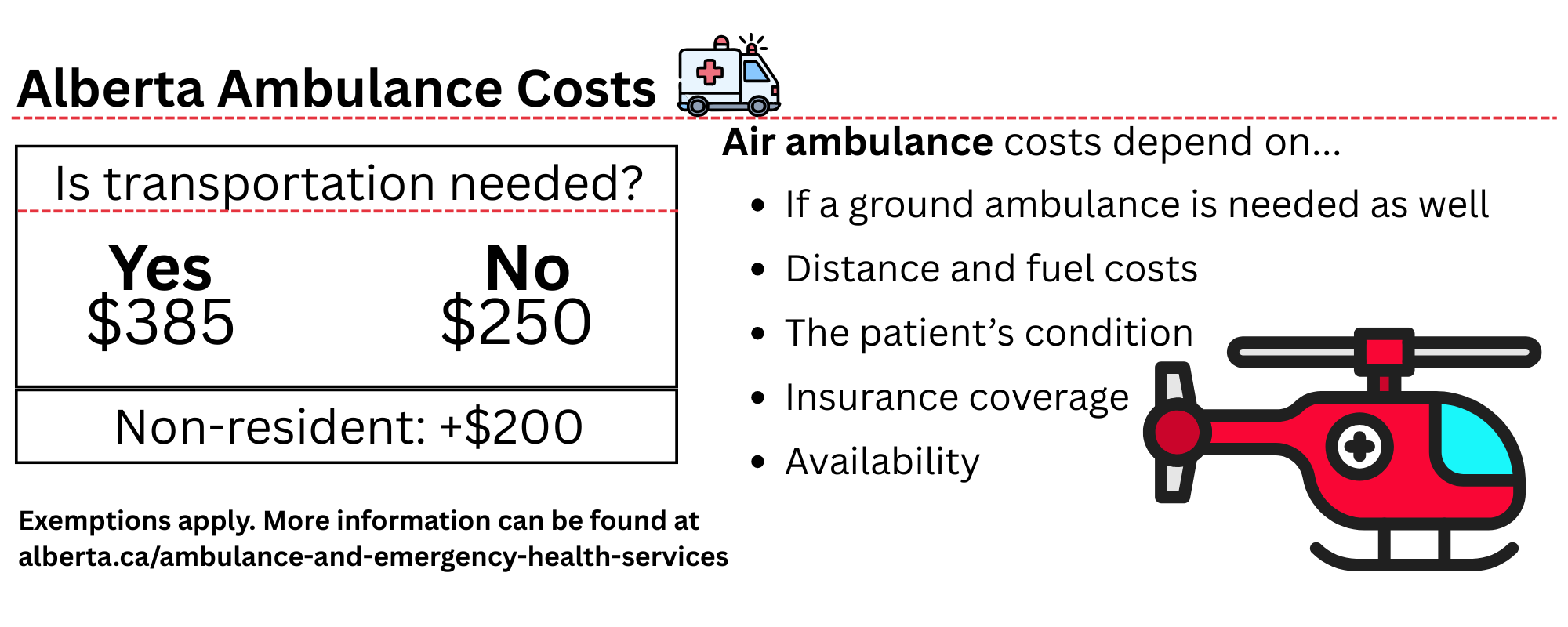An 8.9- magnitude earthquake that struck Japan on Friday was felt hundreds of kilometers away by a Lethbridge resident visiting overseas.
Chris Hatton experienced the aftershocks of the earthquake that hit Japan in Sapporo on the northern island of Hokkaido almost 540 kilometers away from where the earthquake hit.
Daikl Dojo, a general studies student at Lethbridge College, was watching the third floor televisions in the tech wing closely on Friday as the news talks about the earthquake.
Dojo says his family back in Tokyo is OK.
Tokyo is 400 km away from where the earthquake mainly hit, but there was still damage in the city such as an office building starting on fire.
“I don’t think that Tokyo was hit as bad as other places in Japan. I called my family and everyone there is OK.”
“When I found out about the earthquake I wasn’t as upset, I was more worried,” says Dojo.
“I don’t know anyone that lives in the areas that were mainly effected, all my friends and family live in Tokyo.”
“I have some friends from Tokyo that go to this college and their families are all OK too,” says Dojo.
This is the biggest earthquake to hit Japan in 140 years.
According to reports from police, they believe hundreds are said to be dead.
It is said that the coastal city of Sendai was one of the hardest hit places.
Media said up to 300 bodies were found throughout the city.
The Red Cross in Geneva said the wall of water was higher than some Pacific islands and a tsunami warning was issued for almost the entire Pacific basin.
It was reported that the Japanese government ordered an evacuation that affected around 2,000 people near a nuclear plant in Fukushima.
Video footage shows a mixture of muddy water and debris being carried throughout the city, sweeping away cars, and wrecked homes.
Sendai has a population of one million and is located on the coastline of Japan.
There has also been tsunami alerts issued for the Philippines and Indonesia.
Prime Minister Steven Harper offered his condolences to the victims in Japan, and his office said they were keeping an eye on developments on the West Coast.
The U.S. National Oceanic and Atmospheric Administration issued tsunami advisories for the B.C. coast.


